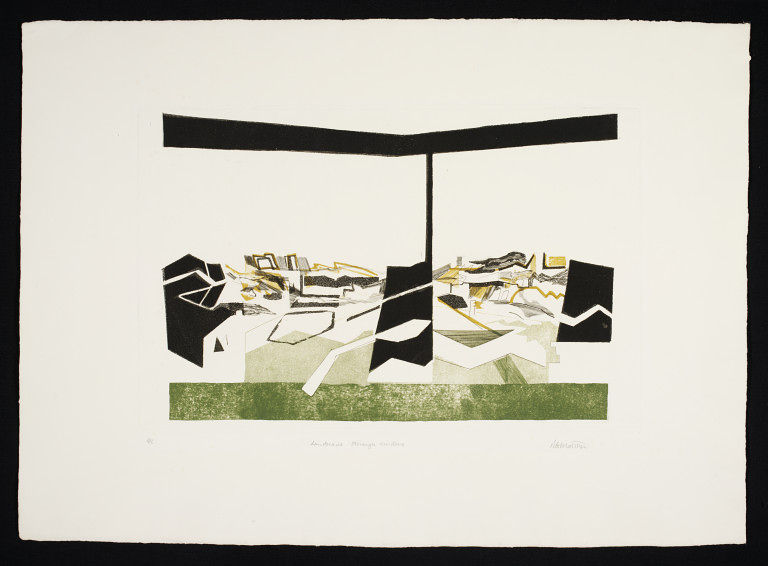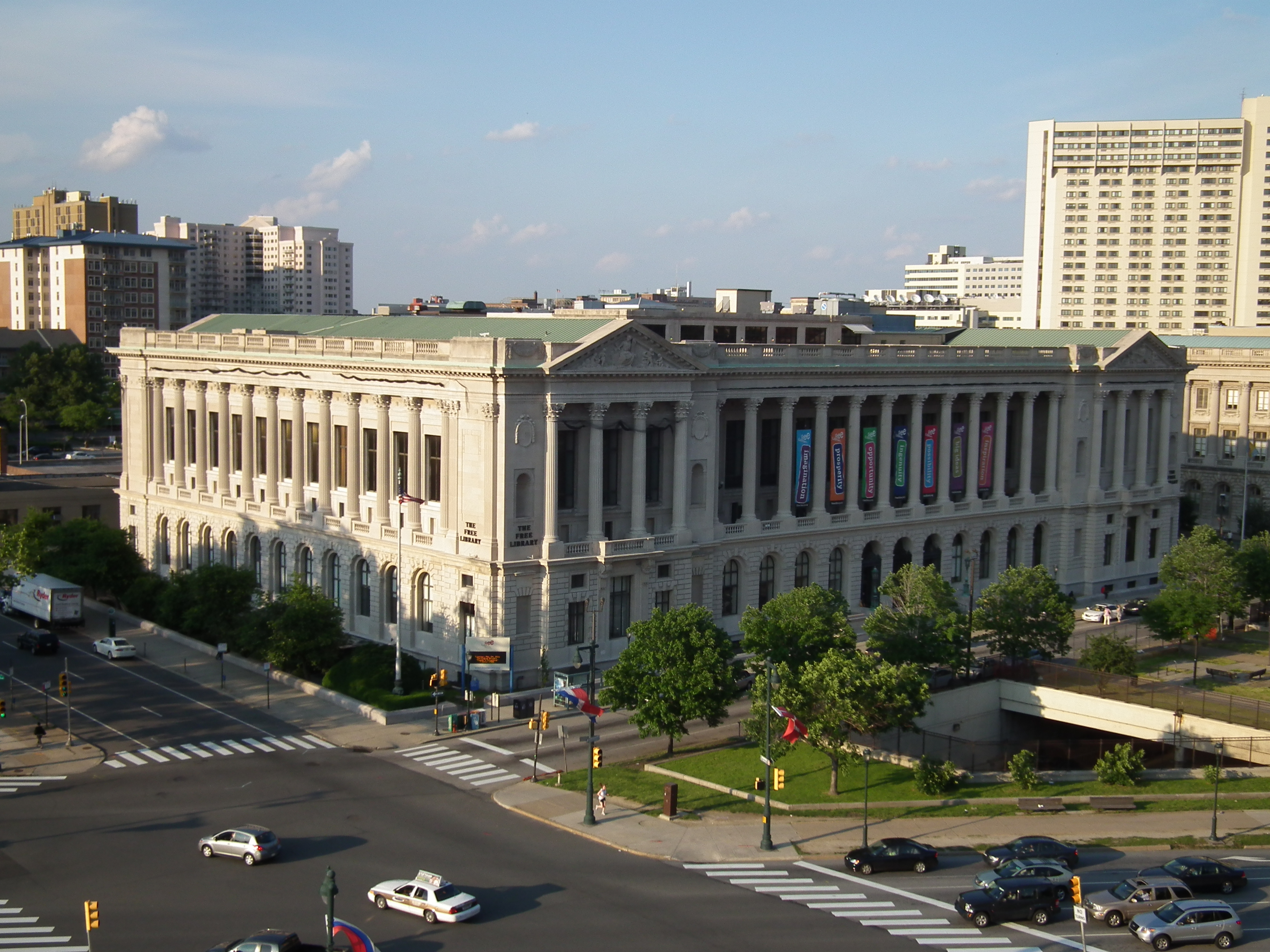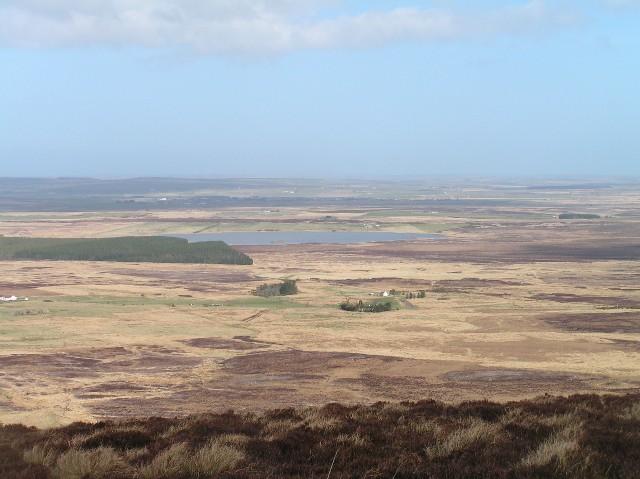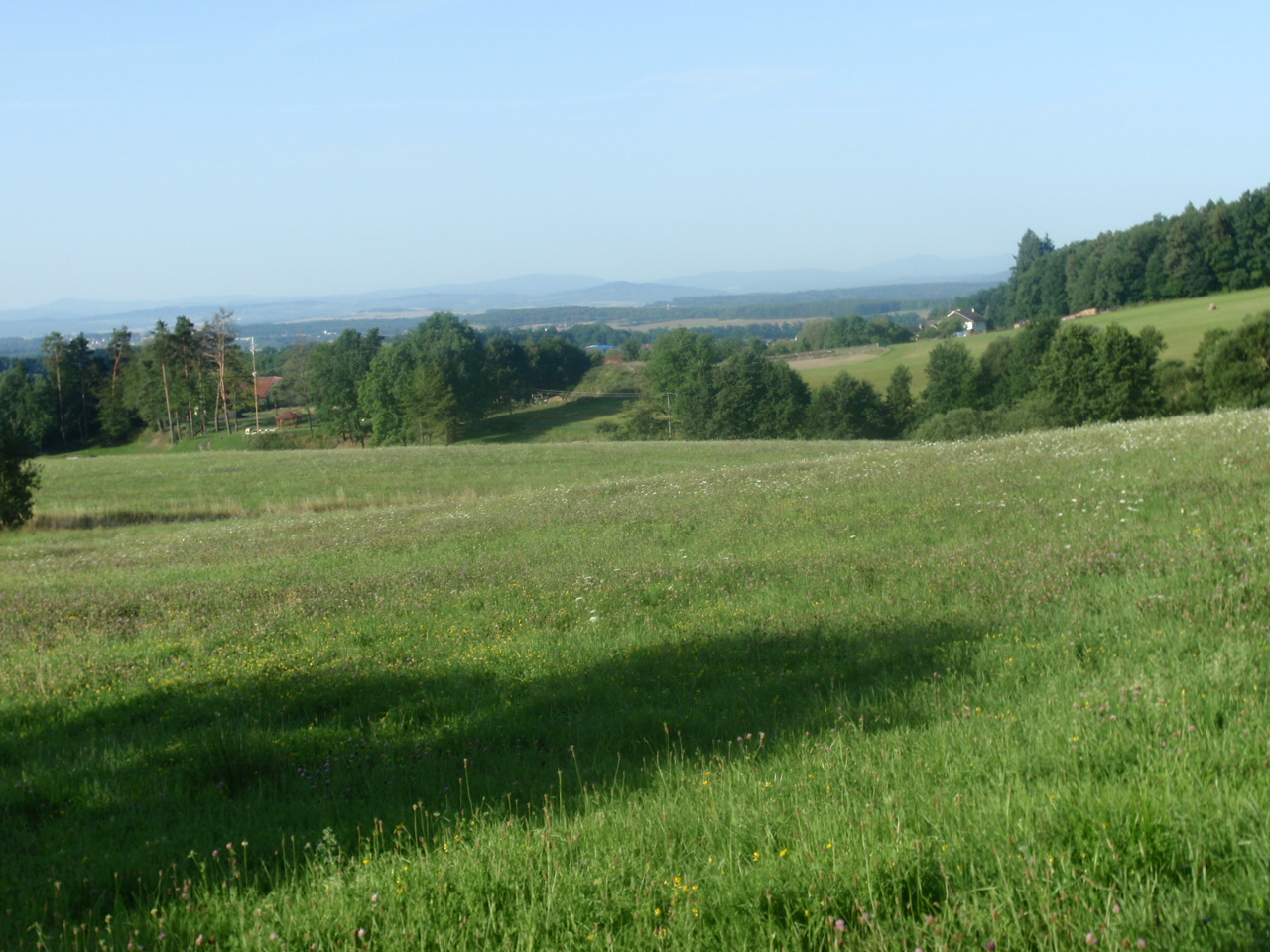|
Peter Matthews (printmaker)
Peter Jeffrey Matthews (born 29 July 1942) is a British printmaker, former teacher at Royal College of Art (RCA) and senior lecturer at Wimbledon School of Art. Educated at Ealing School of Art, Matthews went on to assist at Editions Alecto and editioned most of David Hockney's early etchings. Matthews has also exhibited his own work extensively including at the Royal Academy of Arts (RA), Royal Watercolour Society (RWS) Gallery, and with the Royal Society of Painter-Printmakers, being elected a Fellow and later Council Member 1984–98. His work is held in a number of public collections in the UK and overseas, including the Victoria & Albert Museum (V&A); British Council;the Ashmolean Museum; Albertina Museum, Vienna; Royal Library of Belgium and the Free Library, Philadelphia. Artistic career Employment After graduating from Ealing School of Art, Matthews was appointed craftsman/demonstrator in the Printmaking Department at the RCA in London. He worked with many artists ... [...More Info...] [...Related Items...] OR: [Wikipedia] [Google] [Baidu] |
Ealing School Of Art
Ealing Art College (or Ealing Technical College & School of Art) was a further education institution on St Mary's Road, Ealing, London, England. The site today is the Ealing campus of University of West London. History In the early 1960s the School of Art was composed of Fashion, Graphics, Industrial Design, Photography and Fine Art Departments, and the college was attended by notable musicians Freddie Mercury, Ronnie Wood and Pete Townshend. The College offered External London University courses in the 1960s. The BA degree and BSc Economics with specialisation in various components like Geography, Economics and Law, attracted many British and foreign students, and also lecturers from various London University Colleges. There was also a School of Liberal Arts that offered secretarial and undergraduate language courses in French, Spanish, German and Russian and included a semester at L'ecole d'interpretes, University of Geneva. It was considered revolutionary at the time. The ... [...More Info...] [...Related Items...] OR: [Wikipedia] [Google] [Baidu] |
Free Library Of Philadelphia
The Free Library of Philadelphia is the public library system that serves Philadelphia. It is the 13th-largest public library system in the United States. The Free Library of Philadelphia is a non-Mayoral agency of the City of Philadelphia governed by an independent Board of Trustees as per the Charter of the City of Philadelphia. The Free Library of Philadelphia Foundation is a separate 501c3 non-profit with its own board of directors and serves to support the mission of the Free Library of Philadelphia through philanthropic dollars. History Founding The Free Library of Philadelphia was chartered in 1891 as "a general library which shall be free to all", through efforts led by Dr. William Pepper, who secured initial funding through a $225,000 bequest from his wealthy uncle, George S. Pepper. However, several libraries claimed the bequest, and only after the courts decided the money was intended to found a new public library did the Free Library finally open in March 1894. I ... [...More Info...] [...Related Items...] OR: [Wikipedia] [Google] [Baidu] |
Academics Of The University Of The Arts London
An academy (Attic Greek: Ἀκαδήμεια; Koine Greek Ἀκαδημία) is an institution of secondary or tertiary higher learning (and generally also research or honorary membership). The name traces back to Plato's school of philosophy, founded approximately 385 BC at Akademia, a sanctuary of Athena, the goddess of wisdom and skill, north of Athens, Greece. Etymology The word comes from the ''Academy'' in ancient Greece, which derives from the Athenian hero, ''Akademos''. Outside the city walls of Athens, the gymnasium was made famous by Plato as a center of learning. The sacred space, dedicated to the goddess of wisdom, Athena, had formerly been an olive grove, hence the expression "the groves of Academe". In these gardens, the philosopher Plato conversed with followers. Plato developed his sessions into a method of teaching philosophy and in 387 BC, established what is known today as the Old Academy. By extension, ''academia'' has come to mean the ... [...More Info...] [...Related Items...] OR: [Wikipedia] [Google] [Baidu] |
Academics Of The Royal College Of Art
An academy ( Attic Greek: Ἀκαδήμεια; Koine Greek Ἀκαδημία) is an institution of secondary or tertiary higher learning (and generally also research or honorary membership). The name traces back to Plato's school of philosophy, founded approximately 385 BC at Akademia, a sanctuary of Athena, the goddess of wisdom and skill, north of Athens, Greece. Etymology The word comes from the ''Academy'' in ancient Greece, which derives from the Athenian hero, ''Akademos''. Outside the city walls of Athens, the gymnasium was made famous by Plato as a center of learning. The sacred space, dedicated to the goddess of wisdom, Athena, had formerly been an olive grove, hence the expression "the groves of Academe". In these gardens, the philosopher Plato conversed with followers. Plato developed his sessions into a method of teaching philosophy and in 387 BC, established what is known today as the Old Academy. By extension, ''academia'' has come to mean the accumulation, d ... [...More Info...] [...Related Items...] OR: [Wikipedia] [Google] [Baidu] |
Living People
Related categories * :Year of birth missing (living people) / :Year of birth unknown * :Date of birth missing (living people) / :Date of birth unknown * :Place of birth missing (living people) / :Place of birth unknown * :Year of death missing / :Year of death unknown * :Date of death missing / :Date of death unknown * :Place of death missing / :Place of death unknown * :Missing middle or first names See also * :Dead people * :Template:L, which generates this category or death years, and birth year and sort keys. : {{DEFAULTSORT:Living people 21st-century people People by status ... [...More Info...] [...Related Items...] OR: [Wikipedia] [Google] [Baidu] |
1942 Births
Year 194 ( CXCIV) was a common year starting on Tuesday (link will display the full calendar) of the Julian calendar. At the time, it was known as the Year of the Consulship of Septimius and Septimius (or, less frequently, year 947 ''Ab urbe condita''). The denomination 194 for this year has been used since the early medieval period, when the Anno Domini calendar era became the prevalent method in Europe for naming years. Events By place Roman Empire * Emperor Septimius Severus and Decimus Clodius Septimius Albinus Caesar become Roman Consuls. * Battle of Issus: Septimius Severus marches with his army (12 legions) to Cilicia, and defeats Pescennius Niger, Roman governor of Syria. Pescennius retreats to Antioch, and is executed by Severus' troops. * Septimius Severus besieges Byzantium (194–196); the city walls suffer extensive damage. Asia * Battle of Yan Province: Warlords Cao Cao and Lü Bu fight for control over Yan Province; the battle lasts for over ... [...More Info...] [...Related Items...] OR: [Wikipedia] [Google] [Baidu] |
Morning Calm, 1995
Morning is the period from sunrise to noon. There are no exact times for when morning begins (also true of evening and night) because it can vary according to one's lifestyle and the hours of daylight at each time of year. However, morning strictly ends at noon, which is when afternoon starts. Morning can also be defined as starting from midnight to noon. Morning precedes afternoon, evening, and night in the sequence of a day. Originally, the term referred to sunrise. Etymology The Modern English words "morning" and "tomorrow" began in Middle English as , developing into , then , and eventually . English, unlike some other languages, has separate terms for "morning" and "tomorrow", despite their common root. Other languages, like Dutch, Scots and German, may use a single wordto signify both "morning" and "tomorrow". Significance Greeting Some languages that use the time of day in greeting have a special greeting for morning, such as the English good morning. The appropriate ... [...More Info...] [...Related Items...] OR: [Wikipedia] [Google] [Baidu] |
Sutherland
Sutherland ( gd, Cataibh) is a historic county, registration county and lieutenancy area in the Highlands of Scotland. Its county town is Dornoch. Sutherland borders Caithness and Moray Firth to the east, Ross-shire and Cromartyshire (later combined into Ross and Cromarty) to the south and the Atlantic to the north and west. Like its southern neighbour Ross-shire, Sutherland has some of the most dramatic scenery in Europe, especially on its western fringe where the mountains meet the sea. These include high sea cliffs, and very old mountains composed of Precambrian and Cambrian rocks. The name ''Sutherland'' dates from the era of Norwegian Viking rule and settlement over much of the Highlands and Islands, under the rule of the jarl of Orkney. Although it contains some of the northernmost land in the island of Great Britain, it was called ' ("southern land") from the standpoint of Orkney and Caithness. In Gaelic, the area is referred to according to its tradi ... [...More Info...] [...Related Items...] OR: [Wikipedia] [Google] [Baidu] |
Caithness
Caithness ( gd, Gallaibh ; sco, Caitnes; non, Katanes) is a historic county, registration county and lieutenancy area of Scotland. Caithness has a land boundary with the historic county of Sutherland to the west and is otherwise bounded by sea. The land boundary follows a watershed and is crossed by two roads (the A9 and the A836) and by one railway (the Far North Line). Across the Pentland Firth, ferries link Caithness with Orkney, and Caithness also has an airport at Wick. The Pentland Firth island of Stroma is within Caithness. The name was also used for the earldom of Caithness ( 1334 onwards) and for the Caithness constituency of the Parliament of the United Kingdom (1708 to 1918). Boundaries are not identical in all contexts, but the Caithness area lies entirely within the Highland council area. Toponymy The ''Caith'' element of the name ''Caithness'' comes from the name of a Pictish tribe known as the ''Cat'' or ''Catt'' people, or ''Catti'' (see Kingdom o ... [...More Info...] [...Related Items...] OR: [Wikipedia] [Google] [Baidu] |
Silent Coast
Silent may mean any of the following: People with the name * Silent George, George Stone (outfielder) (1876–1945), American Major League Baseball outfielder and batting champion * Brandon Silent (born 1973), South African former footballer * Charles Silent (1842-1918), German-born American jurist Arts, entertainment, and media Music * "Silent" (Gerald Walker), the first single from the rapper * Silent (rock group), a Brazilian rock group * The Silents, an Australian psychedelic rock band Other uses in arts, entertainment, and media * Dark (broadcasting) or silent, an off-air radio or TV station * Silent film, a film with no sound Other uses * Air Energy AE-1 Silent, a German self-launching ultralight sailplane * Buffalo Silents, a 1920s exhibition basketball team whose members were deaf and/or mute * Silent Family, a German aircraft manufacturer * Silent Generation, a demographic cohort between the Greatest Generation and the Baby Boomers * Silent letter, a letter in a word ... [...More Info...] [...Related Items...] OR: [Wikipedia] [Google] [Baidu] |
Landscape Through Windows
A landscape is the visible features of an area of land, its landforms, and how they integrate with natural or man-made features, often considered in terms of their aesthetic appeal.''New Oxford American Dictionary''. A landscape includes the physical elements of geophysically defined landforms such as (ice-capped) mountains, hills, water bodies such as rivers, lakes, ponds and the sea, living elements of land cover including indigenous vegetation, human elements including different forms of land use, buildings, and structures, and transitory elements such as lighting and weather conditions. Combining both their physical origins and the cultural overlay of human presence, often created over millennia, landscapes reflect a living synthesis of people and place that is vital to local and national identity. The character of a landscape helps define the self-image of the people who inhabit it and a sense of place that differentiates one region from other regions. It is the dynami ... [...More Info...] [...Related Items...] OR: [Wikipedia] [Google] [Baidu] |
Royal Library Of Belgium
The Royal Library of Belgium (french: Bibliothèque royale de Belgique, nl, Koninklijke Bibliotheek van België, abbreviated ''KBR'' and sometimes nicknamed in French or in Dutch) is the national library of Belgium. The library has a history that goes back to the age of the Dukes of Burgundy. In the second half of the 20th century, a new building was constructed on the Mont des Arts/Kunstberg in central Brussels, near the Central Station. The library owns several collections of historical importance, like Library of the Dukes of Burgundy, and is the depository for all books ever published in Belgium or abroad by Belgian authors. There are four million bound volumes in the Royal Library, including a rare book collection numbering 45,000 works. The library has more than 750,000 prints, drawings and photographs, 150,000 maps and plans, and more than 250,000 objects, from coins to scales to monetary weights. This coin collection holds one of the most valuable coins in the field ... [...More Info...] [...Related Items...] OR: [Wikipedia] [Google] [Baidu] |









_-_KBR_27-8-2016_11-33-21.jpg)